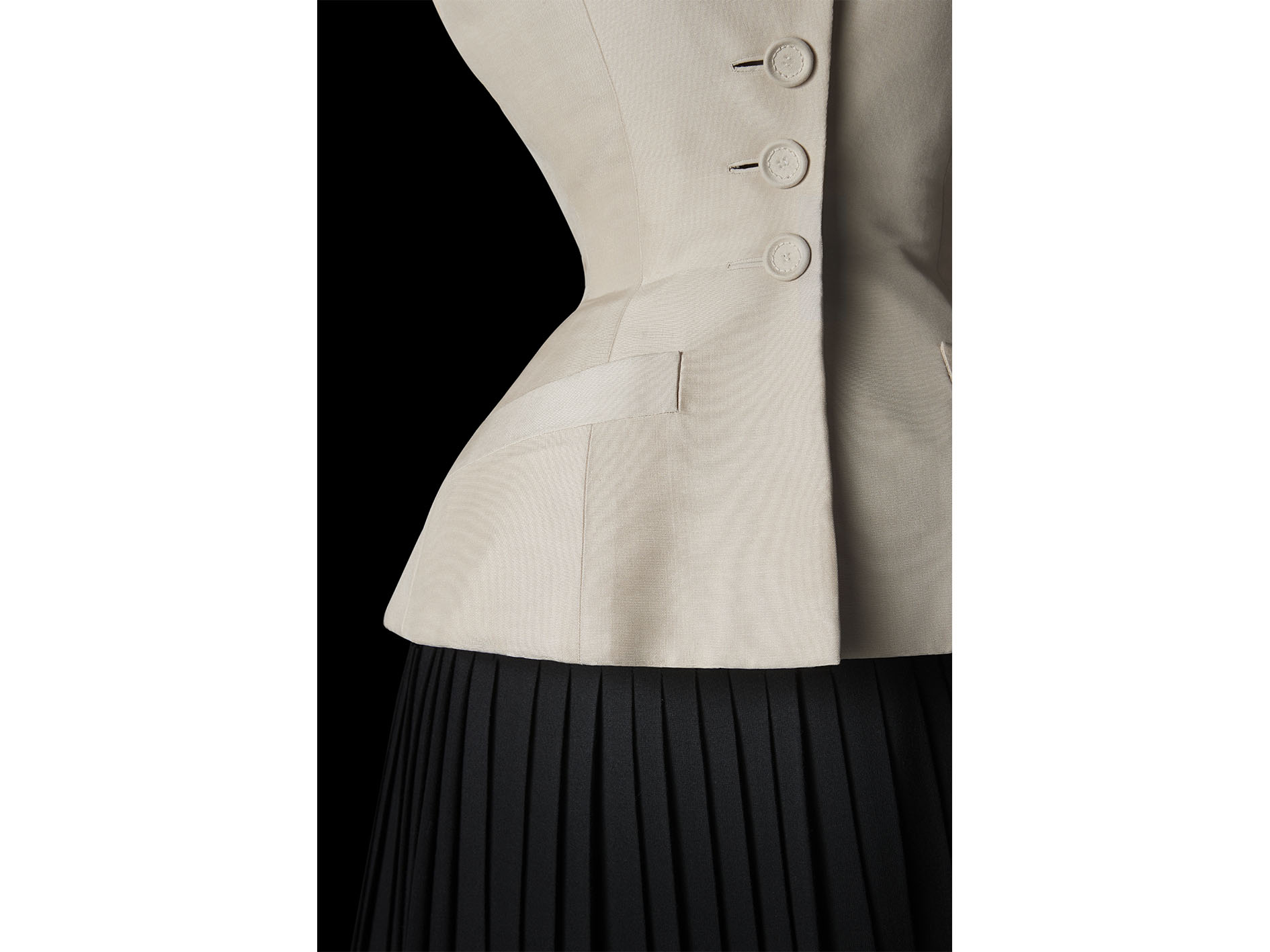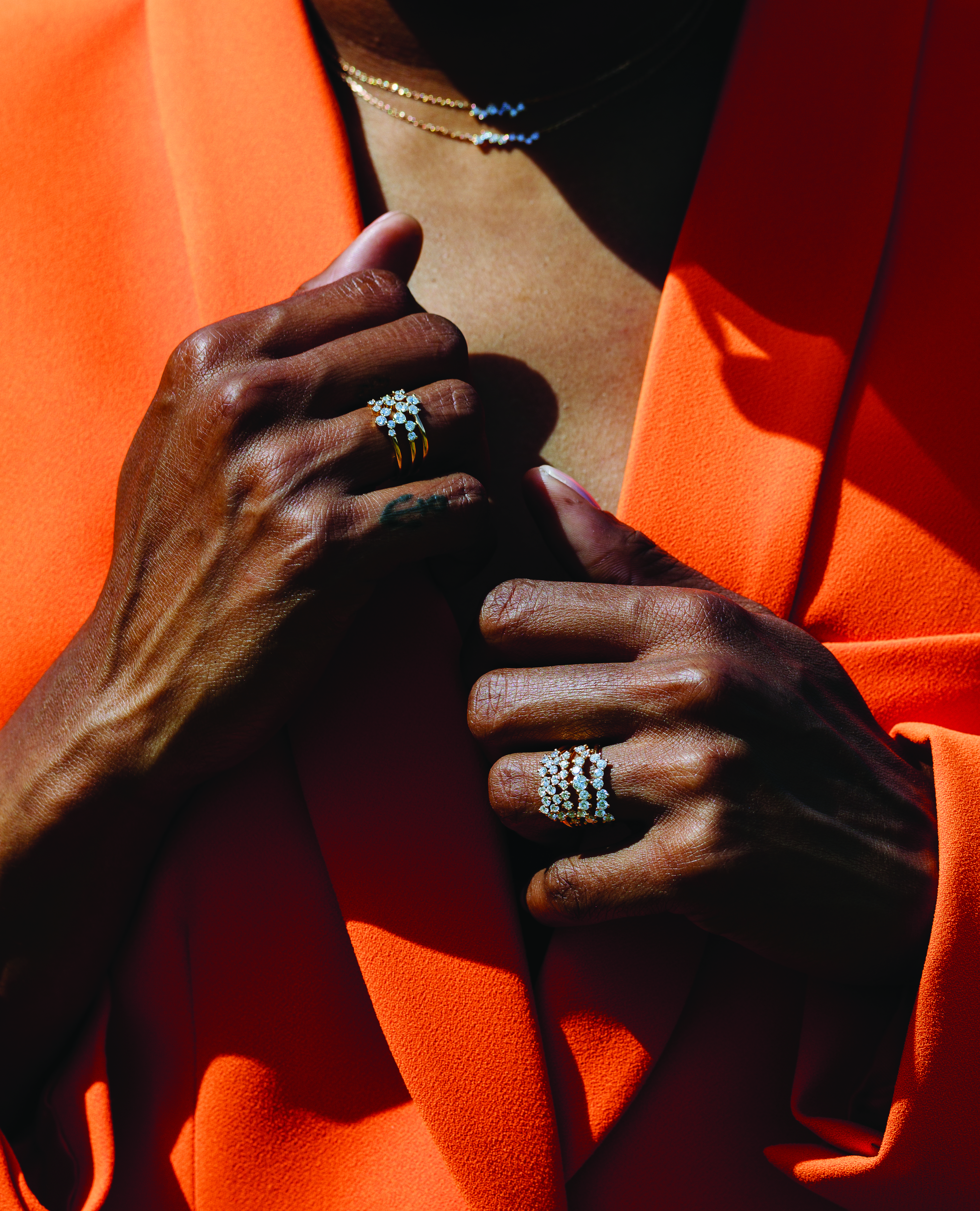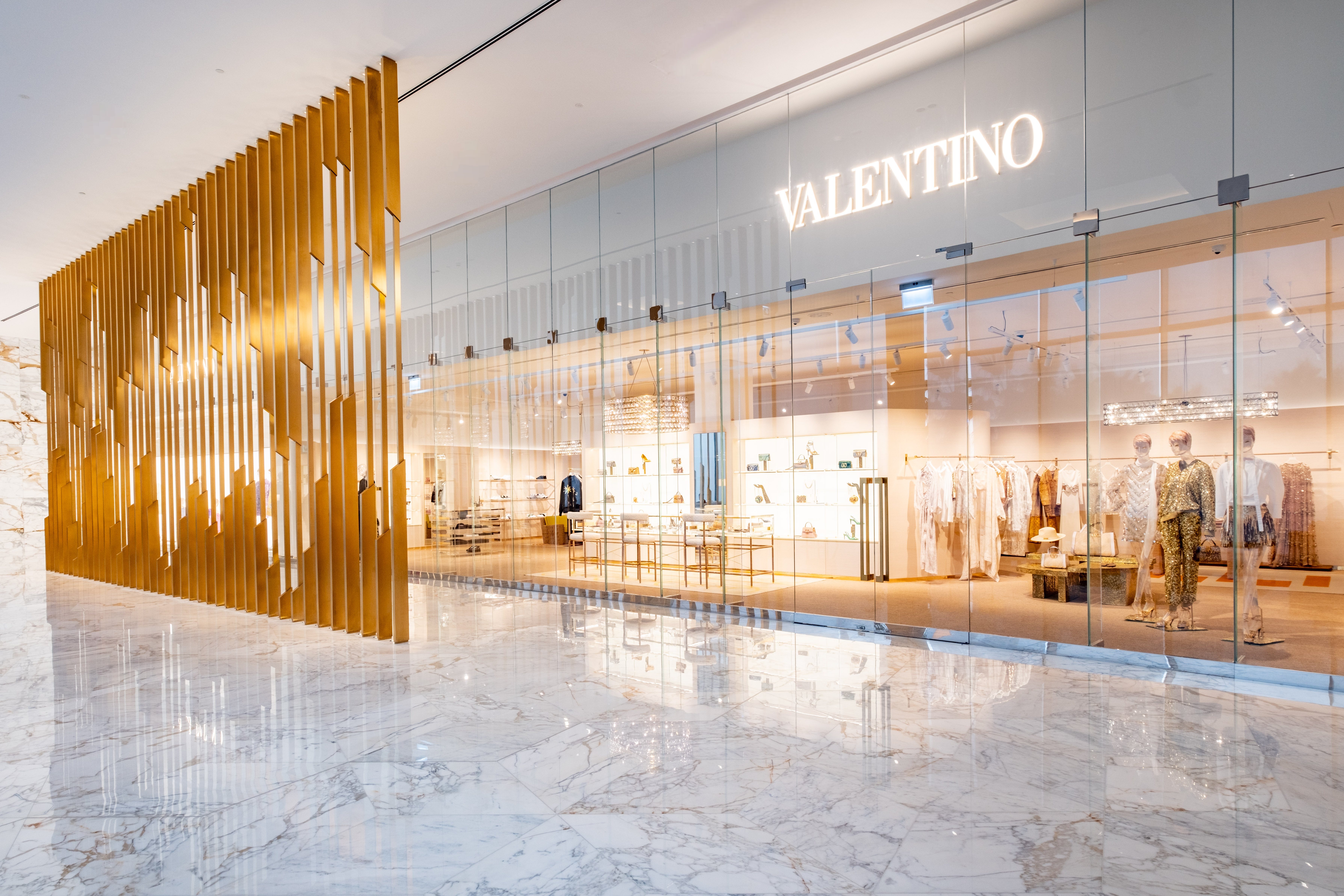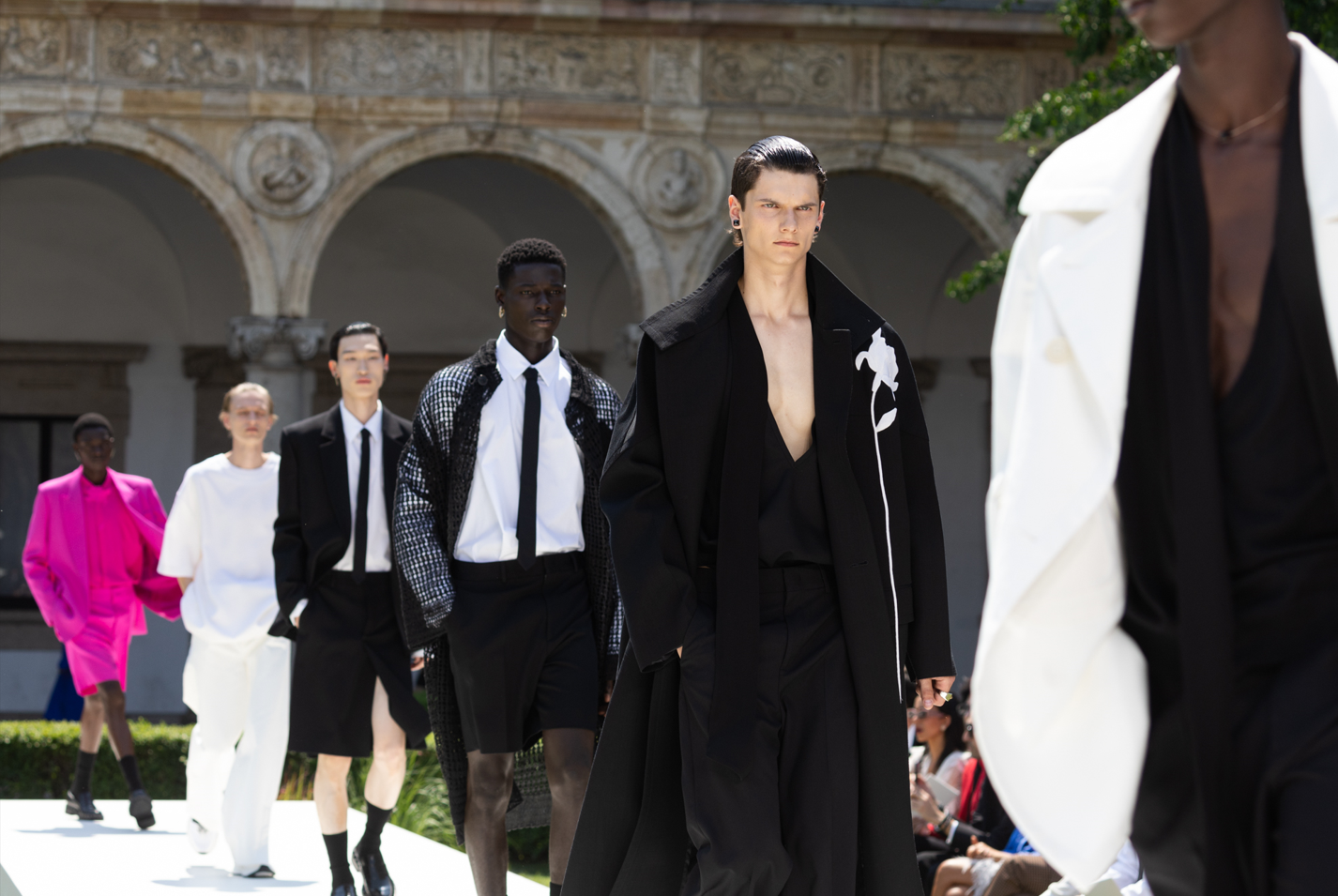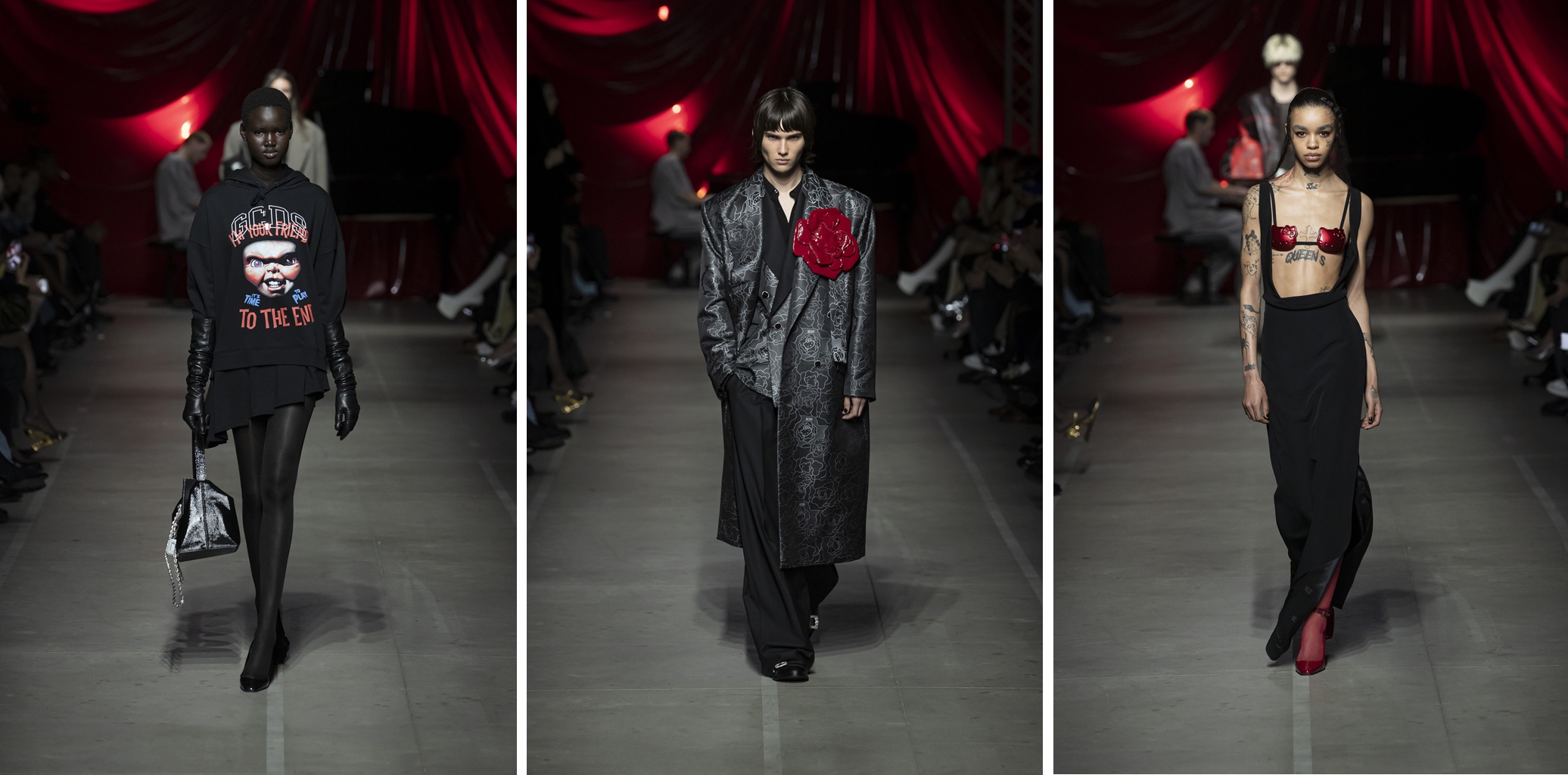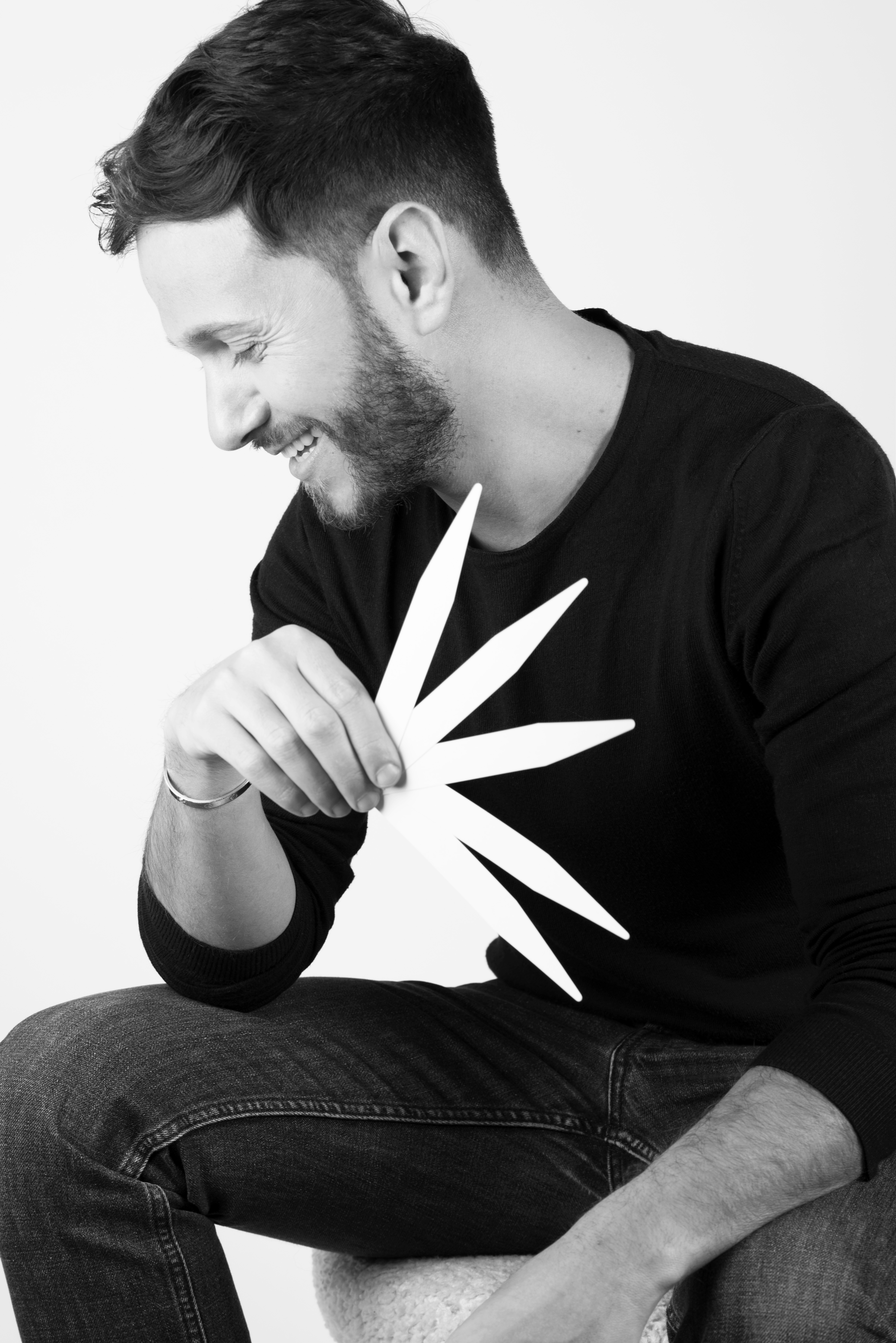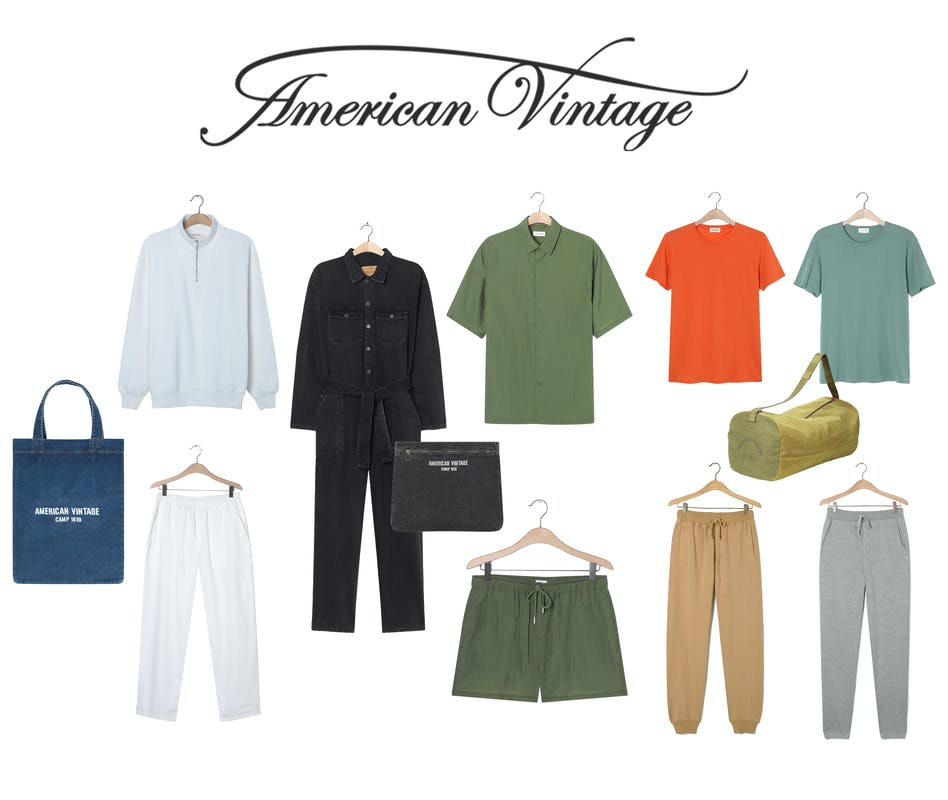SOTHEBY'S Has Presented The Al Zayani Collection Featuring Over 80 Works by Middle Eastern Artists Across All Movements & Timelines
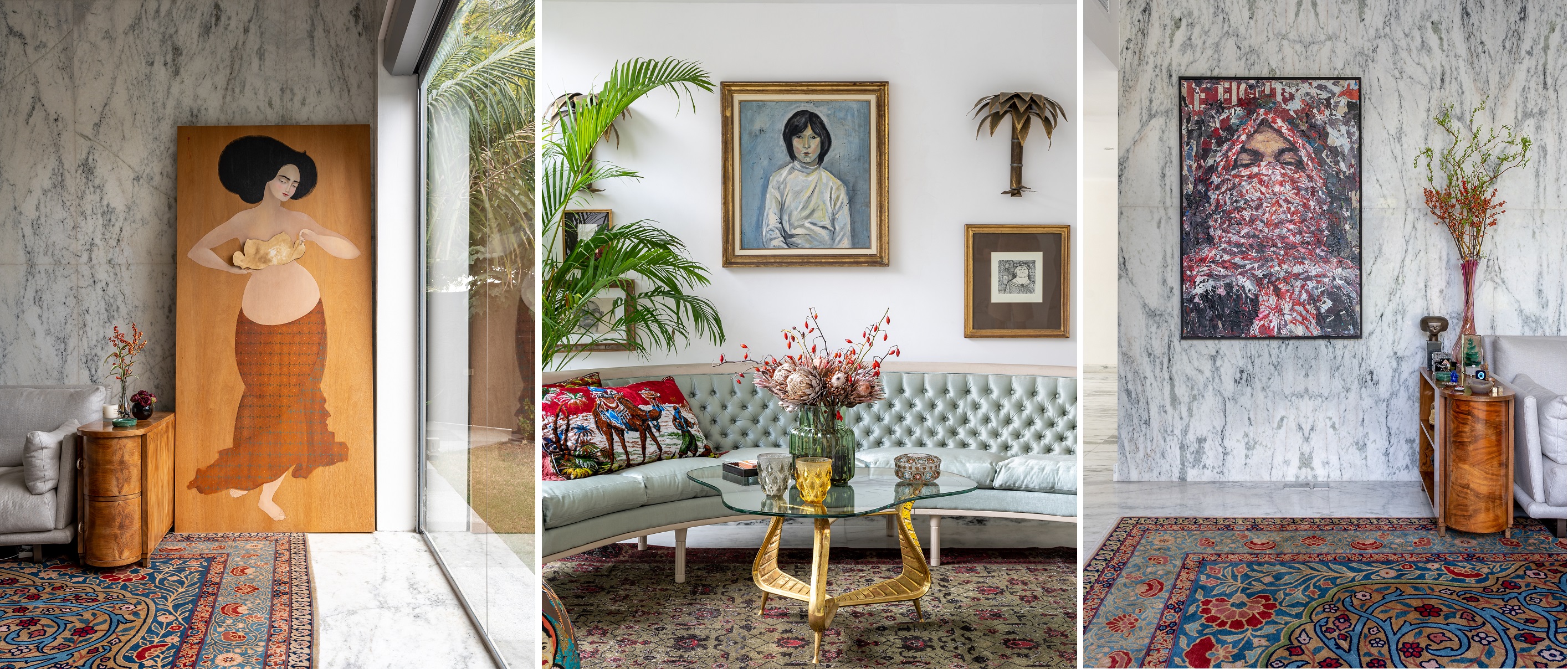
Based between Bahrain and London, Abdulrahman Al Zayani is one of the leading collectors in the Middle East, assembling a multitude of artworks from the historic Islamic world to modern and contemporary international art and design. In recent years, Al Zayani has also launched A2Z, a luxury advisory service for private clients in New York, London and the Gulf who want to expand their jewellery and collections.
This Spring, Sotheby’s will offer over 80 works of art from the pioneering collection, all of which have been hung alongside each other in Al Zayani’s home in Bahrain – marrying together an impeccable taste with eclecticism. Hailing from Egypt, Turkey, Lebanon, Iran, Iraq, Syria, Saudi Arabia, the United Arab Emirates and North Africa, the artists in this collection represent the vast artistic production created over the last century in the Middle East. Exploring myriad themes and mediums, each work represents a different aesthetic whilst tying into a rich thread of cultural heritage.
“As I open the doors to my collection, the overarching sense is that these pieces were acquired with love, and I am excited for them to go to new homes where they will be discovered and appreciated anew. As with all journeys, new pathways must be travelled, and so with this auction I am opening a new chapter of both my story and the story of these timeless artworks. The world of Middle Eastern art has transformed since I first started almost two decades ago, and I am proud to witness and be a part of that evolution, living in a region that is now becoming one of the cultural hubs of the world.” - Abdulrahman Al Zayani
“Showcasing works from the early part of Abdulrahman Al Zayani’s distinguished collecting career, this auction follows the journey of a collector who started very young, with a clear vision and bold taste, and believed in works from across the breadth of the Middle East. Bringing together the best of the best from this field, the sale marks a unique opportunity for budding collectors to acquire rare and important works from artistic masters from the Middle East.” - Ashkan Baghestani, Sotheby’s Contemporary Art Specialist
The first unveiling of the collection will take place at Sotheby’s Dubai from 28 February to 3 March. Works by Abdel Hadi El-Gazzar, Hassan Hajjaj, Fahrelnissa Zeid, Hatem El-Mekki, Mahmoud Moussa, Mohammed Melehi, Fouad Kamel, Gazbia Sirry, Farid Belkahia, Behjat Sadr and Taner Ceylan will go on view to the public, alongside worldwide auction highlights including jewellery, watches and arts of the Islamic world and India. This will be followed by an exhibition of the collection in its entirety in London from 21 to 25 April, ahead of the live auction on 25 April (alongside which will run Sotheby’s bi-annual 20th Century Art / Middle East online sale, closing on 27 April).
HIGHLIGHTS FROM THE COLLECTION
Gazbia Sirry, The Garden, 1959 (estimate in the region of £80,000)
One of the greatest Egyptian artists of her generation, Gazbia Sirry was born in Cairo in 1925 and dedicated her whole life to painting, portraying Egypt’s joys and sorrows in her bold, cheerful palette until her death in 2021.
The Garden is from the first stage of the artist’s oeuvre, an early ‘coming of age’ painting exploring the different stages in the life of a woman. In these early works, Sirry’s charming scenes already stood out for her creative approach to social and human issues inextricably linked to Egyptian culture. Raised by her widowed mother and divorced grandmother, Sirry also imbued her works with a vital perception of femininity – encapsulating both her concerns on representations of women and class inequalities as well as her hopes for social progress.
In this theatrical painting, the viewer adopts a bird’s eye view of the artist’s memories. Each segment of life occupies a different part of the canvas, isolated by a geometrical vignette whose shape mimics the dynamic at play. The garden functions as an unchanging space, unaffected by the vagaries of Sirry’s inner world.
Abdel Hadi El-Gazzar, Untitled (Gratzella’s Portrait) (estimate in the region of £50,000)
Bearing witness to a pivotal point between his two main artistic phases, this painting is one of the rare portraits painted by Egyptian modernist Abdel Hadi El-Gazzar. Known for his surrealist and folkloric compositions, El-Gazzar assumed a brief but dramatic shift of style during his scholarship in Rome, painting a handful of portraits in 1960. Even in this small group, this painting stands out as the only one that does not incorporate flamboyant folkloric motifs and instead focuses on a harmony of understated colours – emphaising the severe expression of the unknown young girl absorbed in her thoughts.
The work was once in the collection of renowned art patron Dr Mohammed Said Farsi (1934-2019), who was Lord Mayor of Jeddah in the 1970s and 1980s and assembled one of the best collections of its kind.
Fahrelnissa Zeid, Erbil: Realites nouvelles, circa 1960-65 (estimate in the region of £40,000)
Fahlrenissa Zeid was a Turkish aristocrat by birth and became Iraqi royalty by marriage, but above all is remembered as a pioneer of modern art – propelled to fame during her lifetime by her expansive kaleidoscopic compositions.
In 1958, while Zeid was travelling with her husband – the first Ambassador of the Kingdom of Iraq – a coup d’état overtook the Iraqi monarchy, with many of Zeid’s relatives killed by the military. This moment marked a major source of trauma for the artist, who suffered great mental health repercussions, and sparked a decade of intense renewal in her practice. In 1964, the artist’s daughter held a series of retrospective exhibitions on her work in Turkey, which deepened Zeid’s sense of existential introspection. She began to focus on readapting some of her most celebrated compositions to generate new forms of expression and overcome the distress that she felt.
The title of this painting refers to the capital of Iraqi Kurdistan and translates to ‘new realities’. Revisiting her masterpieces of the late 40s and 50s, in bright blues and yellows, this work stands as a poignant witness to Zeid’s efforts to overcome her grief using her unique mastery of colour and form.
Hamed Nada, Les Chanteuses, 1990 (estimate in the region of £40,000)
Born in an ancient district of Cairo in 1924, Hamed Nada dedicated his studies at the Royal Faculty of Fine Arts to Egyptian folklore, before spending two years in Spain studying mural painting. On his return to Egypt, he became a professor of wall painting, teaching through to his death in 1990 (the year this work was painted).
Nada was part of a group of artists dubbed ‘Contemporary Art Group’, concerned with making art that was truly Egyptian – adapting elements from folk myths, fables and superstitions that had been orally passed on for generations and translating them into a modernist artistic vocabulary. Nada was renowned for transforming these symbols and beliefs into a series of surrealist, distorted characters. Although his earlier compositions were monochromatic and orderly, in the final years of his life – as he started to lose his sense of hearing – his works became filled with colour, rhythm and music. In this work, singers and dancers are rushing around, attempting to outperform the roosters at the break of dawn.
Ayman Baalbaki, Mulatham, 2013 (estimate in the region of £60,000)
This painting hails from Ayman Baalbaki’s popular series of ‘Mulatham’, portraits of men wearing keffiyeh and staring back at the viewer from various angles and expressions. The keffiyeh, a traditional head covering used for millennia in the Middle East to protect oneself from sand and heat, in recent years became a potent symbol of Palestinian identity and resistance. In these works, Baalbaki uses the immediately recognisable figure of the Palestinian freedom fighter to explore the theme of cultural symbols – their ambiguity and their power.
Baalbaki’s works are held in a number of public collections internationally, including The British Museum and Tate Modern in London, Mathaf: Arab Museum of Modern Art in Doha and The Farjam Foundation in Dubai.
Behjat Sadr, Untitled (estimate in the region of £40,000)
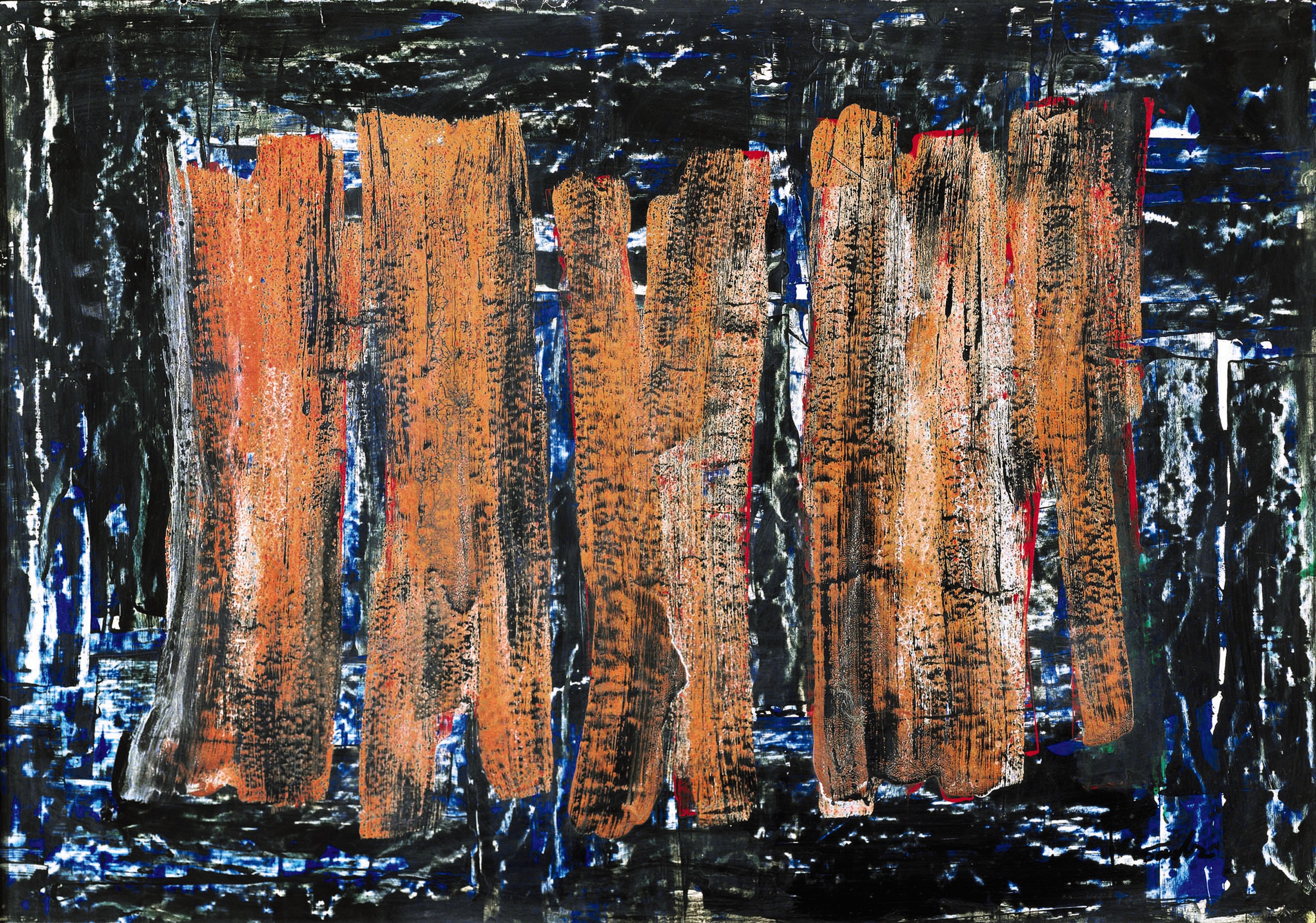
Born in Iran in 1924, Behjat Sadr had a career spanning more than fifty years, receiving international accolades for her work. Her powerful, unusually constructed abstract paintings have been selected for the Venice Biennale and included in exhibitions around the world, most recently as in London in The Mosaic Rooms in 2018 and the Victoria and Albert Museum in 2021.
In 1948, Sadr joined the Fine Art faculty of the Tehran University (where she later worked as a teacher for two decades), departing for a scholarship Rome the year after she graduated. There, she quickly developed a unique style consisting of spontaneous, asymmetrical shapes and contrasting colours applied to large canvases laid out on the floor. She was committed to a constant progression – working mainly with her fingers and painting knives, and mixing every technique, medium and format. This painting is characteristic of her ‘rhythmic years’ of 1968 – 1979, when she focused on the experimental dimension of her work while absorbing the events unravelling in Iran and Europe.
Fouad Kamel, Untitled (The Drinker), 1951 (estimate in the region of £60,000)
.jpg)
Fouad Kamel was one of the founding members of Egypt’s ‘Art and Liberty’ group – an initiative rooted in artistic and political reform. Kamel exhibited in the group’s first exhibition in 1940, at just twenty years old. This work, painted only two years later, is one of his earliest, and represents a unique milestone in the history of Egyptian modern art.
Kamel was profoundly influenced by international artists including Giorgio de Chirico, Max Ernst, Pablo Picasso, Chaïm Soutine and Amedeo Modigliani. Like these artists, he used Cubism and Surrealism to convey the anxiety diffused by the war and the poverty that it fueled. Here, the central figure is at once the sitter and the chair, focusing the attention on the almost empty drinking glass in the centre, which in turn evokes meanings of scarcity and despair.
Farid Belkahia, Untitled, 1981 (estimate in the region of £40,000)
Farid Belkahia was born in 1934 in Marrakech, studying art from a young age before moving to Paris to enroll in the Ecole des Beaux-Arts and then onto Prague to study stage-design. In the three years he was in Prague, Belkahia became interested with a variety of existential questions that ultimately convinced him of the importance of preserving one’s cultural heritage. For that reason, he returned to Morocco and – along with other pioneering Moroccan artists – embarked on a quest to reform the very essence of art and the way it is taught, focusing on Moroccan craftsmanship.
In his own works, Belkahia started experimenting with a wide diversity of ancient materials, including brass, copper, animal skin and natural pigments. In parallel with this, he developed a whole new iconography bound in Berber and other indigenous practices, merged with universal symbols. He travelled extensively to attend various cultural ceremonies in the Middle East, Africa, Asia and South America, particularly fascinated with the phenomenon of trance. In this henna painting on vellum, the artist presents a procession of abstract forms, evoking the impression of rhythm and movement of the joyful ceremonies and spiritual gatherings he had witnessed.
related posts
